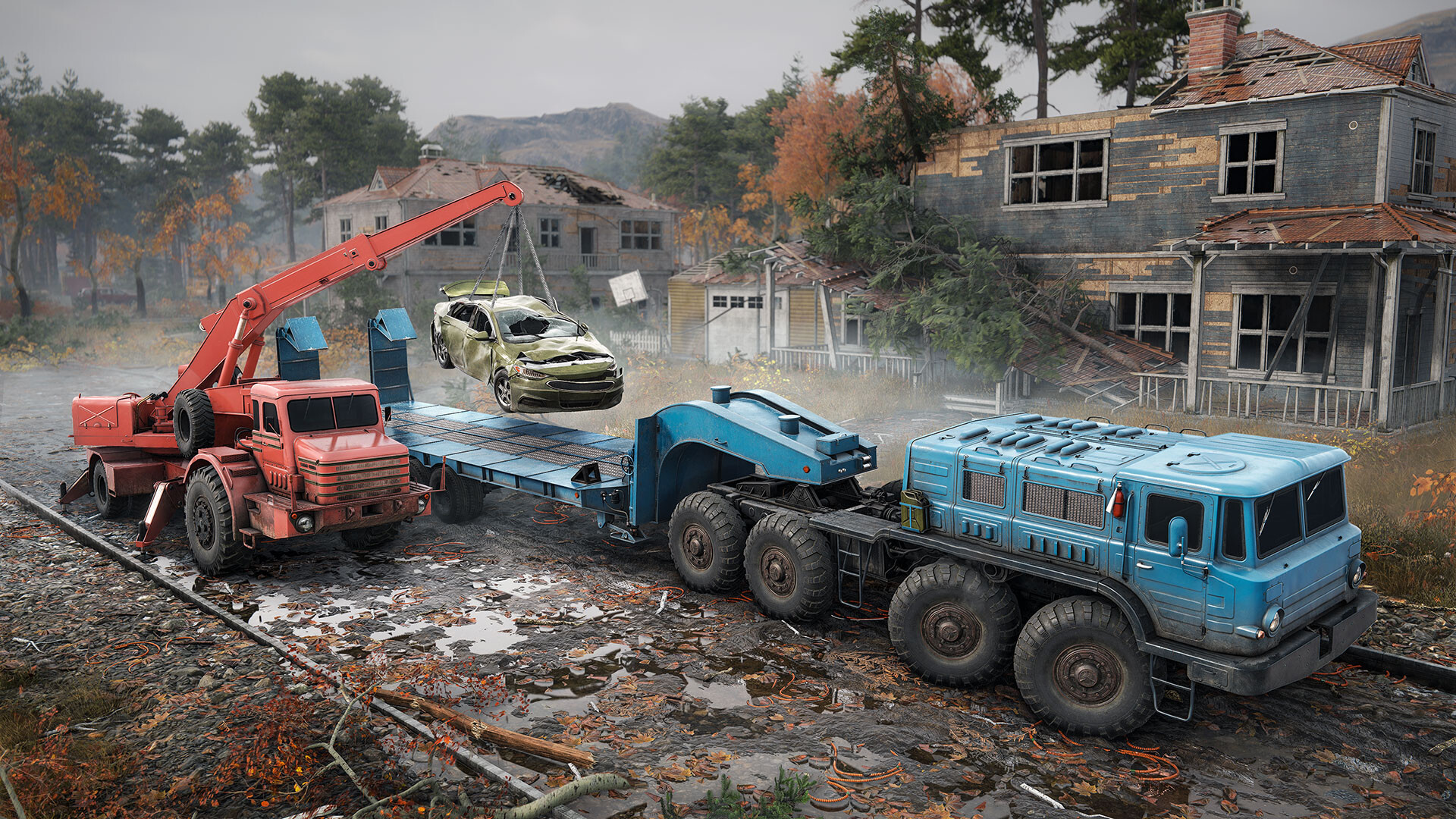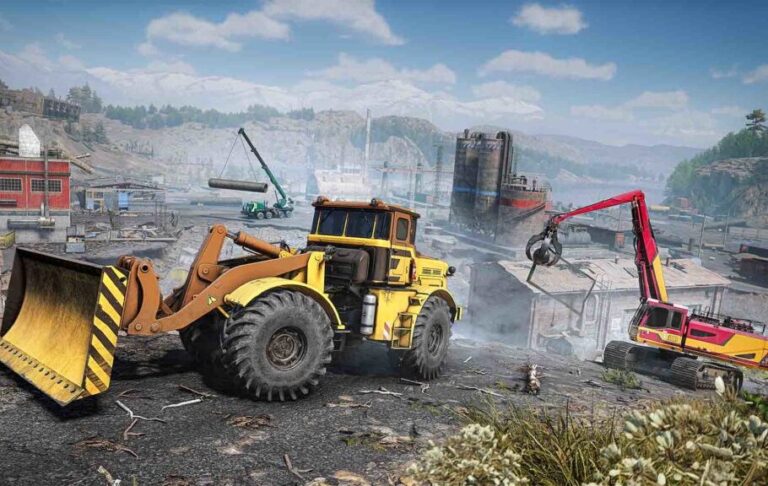In RoadCraft, your goal is no longer to just survive harsh weather or drive across muddy, treacherous terrain. This time, the creators of SnowRunner and MudRunner take us somewhere new—where the mission is to build the roads for those heavy-duty vehicles. Instead of being a driving simulator, RoadCraft leans much more toward management gameplay.
A Bold New Direction
The game starts off with a big surprise. RoadCraft is clearly a more ambitious project compared to the studio’s previous titles. Here, you’re not just behind the wheel of massive machines—you’re managing a whole construction site. The game introduces a wide variety of real-world machinery that you’ve probably seen in urban and industrial construction zones. These vehicles don’t just build roads and bridges—they also help with laying power lines, installing pipelines, and reshaping infrastructure from the ground up.
Reinventing the Heavy Machinery Sim
RoadCraft feels like a fresh take on the heavy vehicle simulation genre. Think of SnowRunner—the game that tasked you with braving icy roads and snowy environments. Now take that idea a step further. In RoadCraft, players have more control over their surroundings, and the game uses environmental interaction to create a new layer of immersion.
If you’re a fan of building and renovation games like House Flipper, you’ll likely fall in love with RoadCraft’s creative freedom—demolishing and rebuilding huge structures never felt so satisfying.
Larger Maps, Deeper Strategy

One of the standout features in RoadCraft is its larger and more complex maps. Imagine driving your truck or bulldozer through surreal locations, like an abandoned nuclear plant in Chernobyl. Since the game focuses more on construction than driving, you’ll spend a lot of time working with the map system to plan and execute projects.
The game starts you off with over 40 different vehicles, each offering a unique function to help you get the job done. The introduction of a new AI system allows you to schedule and manage multiple vehicles at once, ensuring that tasks are completed efficiently and that content doesn’t get repetitive.
The Bugs and Drawbacks
Of course, RoadCraft isn’t perfect. The AI navigation system can be confusing at times. You’ll often need to manually adjust paths or controls to get things done right. Another issue is how empty the repair stations feel—almost too empty. While the series is known for placing players in isolated, demanding environments, RoadCraft tries to be a more realistic experience, and its sense of loneliness undermines that realism. You rarely feel like there’s even a person sitting inside the driver’s cabin.
Simplified Mechanics—Good or Bad?
One of RoadCraft’s more controversial changes is the simplification of vehicle mechanics. There’s no fuel management, no complex gearboxes—just gas, brake, and a few special functions for each vehicle. This streamlining may make the game more accessible for newcomers, but longtime fans of the series might find it a bit too shallow. Still, despite these simplifications, RoadCraft stays true to its identity as a simulator and aims to offer a grounded, technical experience.
Final Thoughts
RoadCraft boldly steps into new territory, redefining what a construction and machinery sim can be. With its management-focused gameplay, larger maps, and ambitious scope, it offers something fresh—even if it loses a bit of its simulation complexity in the process. While it still has bugs and could use more life in certain areas, the foundation is strong, and it may be one of the most exciting evolutions the genre has seen in years.
